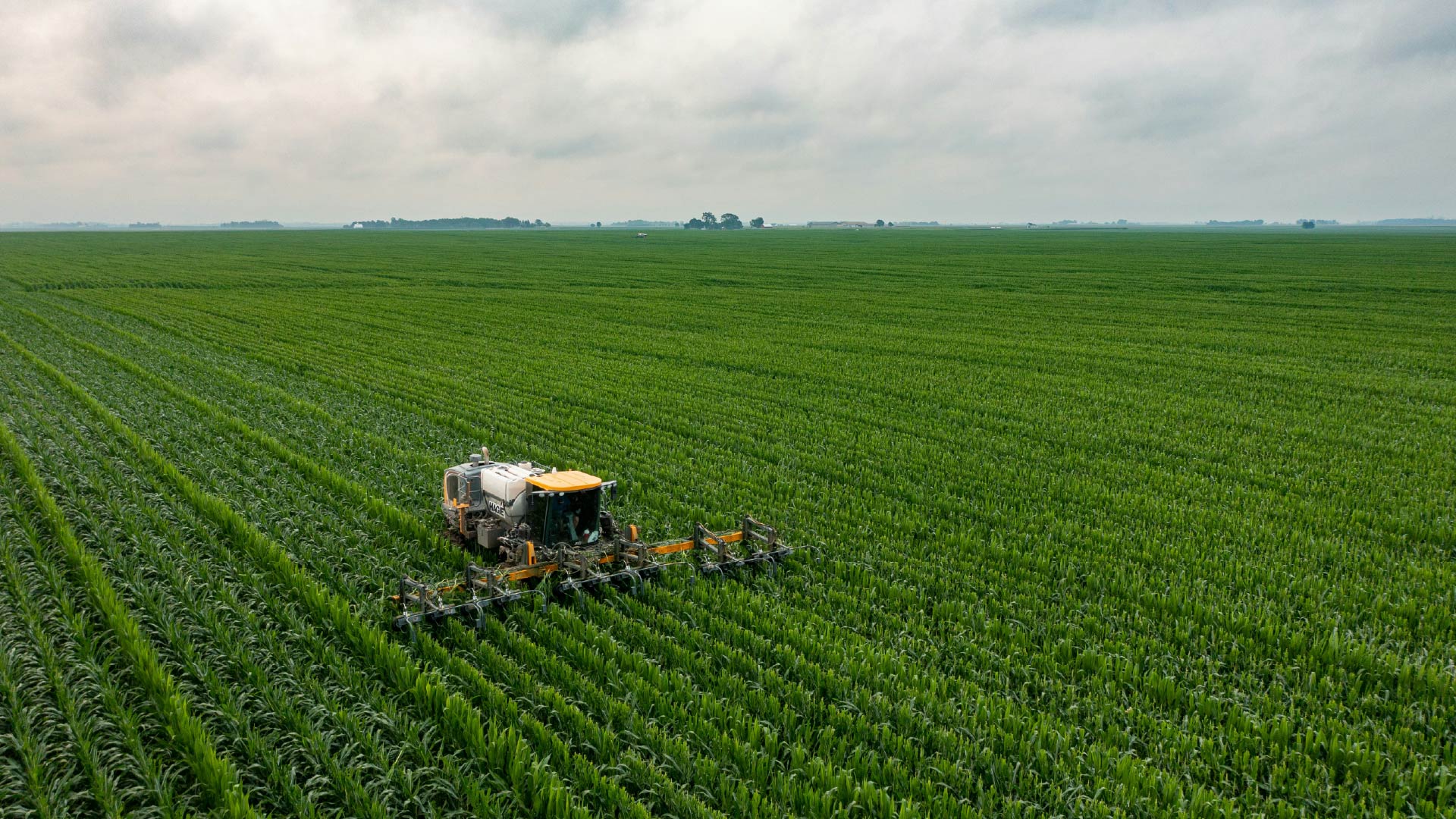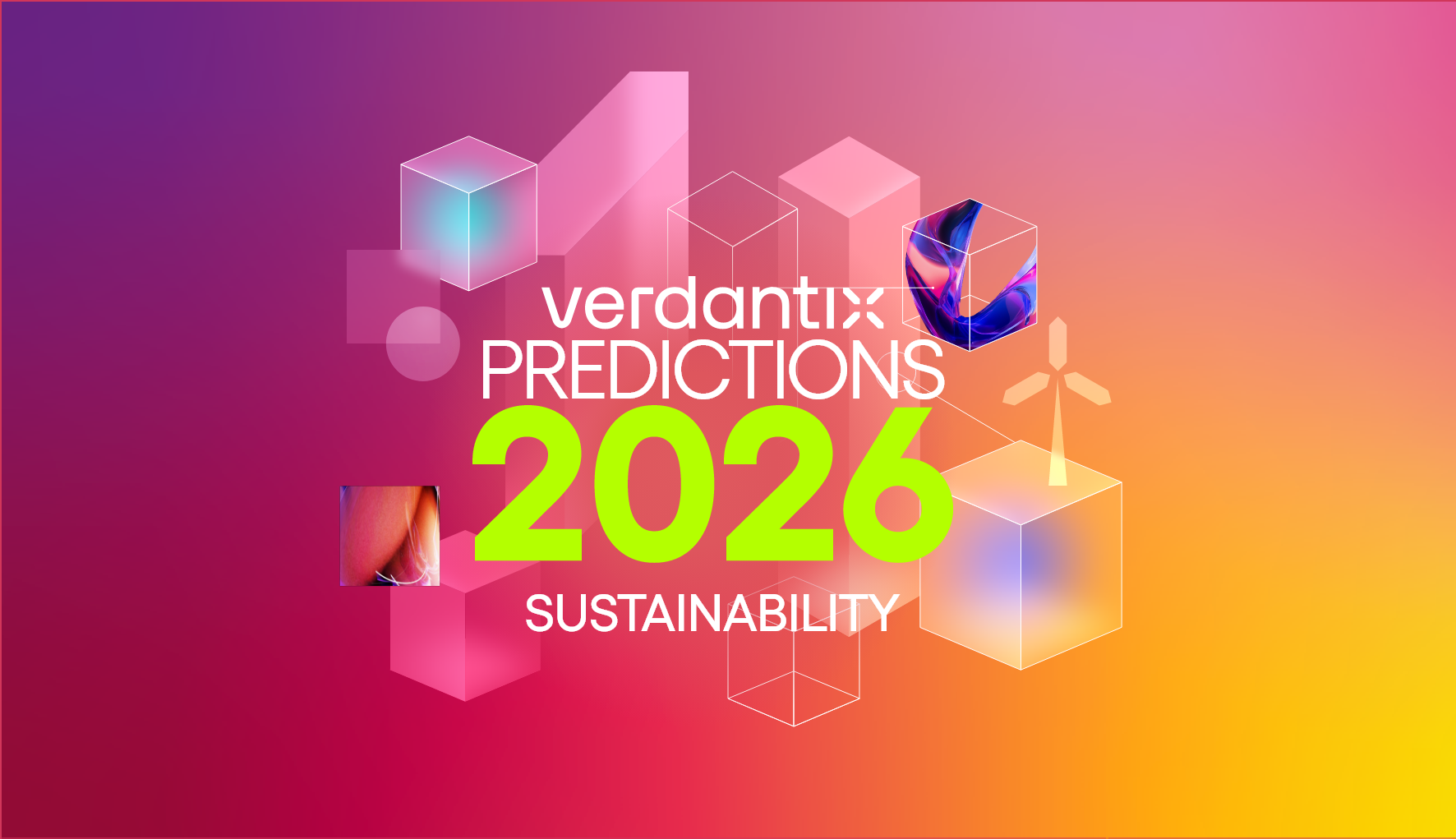IAASB Unveils New Sustainability Assurance Standards Amid ESG Reporting Revolution

Lily Turnbull
Over the last month, international bodies have made significant strides towards standardization and harmonization in the ESG and sustainability reporting market. Coming hot on the heels of these developments, the International Auditing and Assurance Standards Board (IAASB) has launched a public consultation on proposed global sustainability assurance standards — known as ISSA 5000.
The IAASB designed ISSA 5000 to provide a global baseline for sustainability assurance, suitable for both limited and reasonable assurance engagements across any sustainability topic. The ISSA 5000 standard is “principles-based”, meaning that it focuses on principles or outcomes rather than procedures or steps. This fluidity means that the standard is applicable to all engagements, regardless of the size, industry or complexity of the organization or the sustainability reporting framework used.
Until now, sustainability assurance has been performed under a variety of different frameworks, including AccountAbility’s AA1000 standards, International Standard on Assurance Engagements (ISAE) 3000 and ISAE 3410. At Verdantix, we use the term ESG assurance, which we define as: “independent assessments, based on professional standards and guidelines, of the accuracy and reliability of ESG data and reporting processes”. In the absence of a universally accepted framework, several usability and interpretative challenges have emerged concerning:
- Definitions.
A lack of clarity about the definitions of limited and reasonable assurance — and the difference in work effort — has created ambiguity. An ‘expectation gap’ exists between what the auditor actually does and what the user, such as investors and other stakeholders, think that the auditor does. In developing ISSA 5000, one of the IAASB’s key priorities was to clearly articulate definitions and work effort required. - Materiality.
Double materiality — as mandated by the Corporate Sustainability Reporting Directive (CSRD) — and the question of how to embed it in the assurance process has not, until now, been sufficiently addressed. ISSA 5000 responds to this uncertainty by including a definition of double materiality and an example of how the principle can be applied in practice. - Forward-looking information.
ESG and sustainability disclosures are often forward-looking. For example, the IFRS S2 requires an organization to report the resilience of its strategy to future climate-related changes, using climate-related scenario analysis where possible. In recognition of the challenges of providing assurance over hypothetical scenarios, ISSA 5000 includes guidance to practitioners to assess the reasonableness of assumptions, evidence-gathering, controls and governance.
To be decision-useful, all parties involved in an assurance engagement must have the same understanding of what information has been assured, how it has been assured and to what extent the assurance is provided. As ESG and sustainability assurance requirements are rolled out from 2024 under the EU’s CSRD and the US SEC’s climate disclosure rule, the ISSA 5000 will play a vital role in enhancing the quality and credibility of assurance. For more information on assurance services see Verdantix Buyer’s Guide: ESG Assurance Services (2022) and Verdantix Market Size And Forecast: ESG Assurance Services 2022-2028 (Global).
About The Author

Lily Turnbull
Senior Analyst





